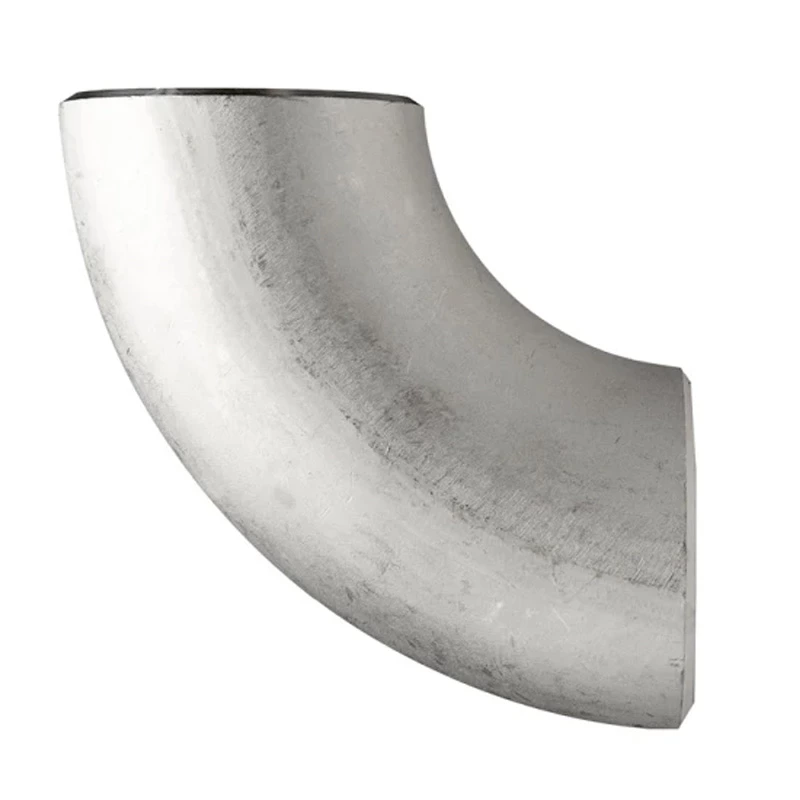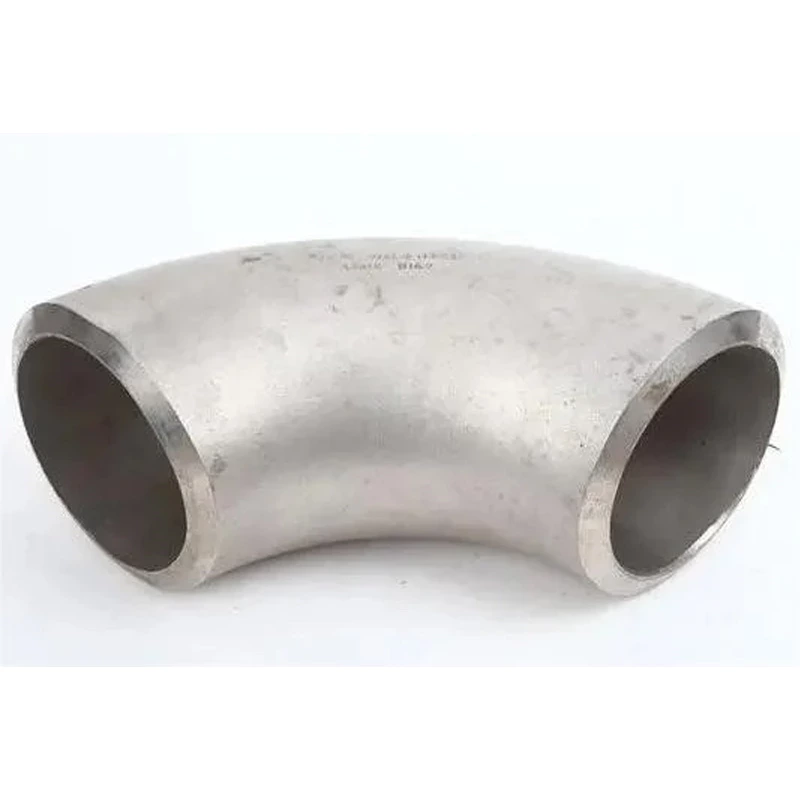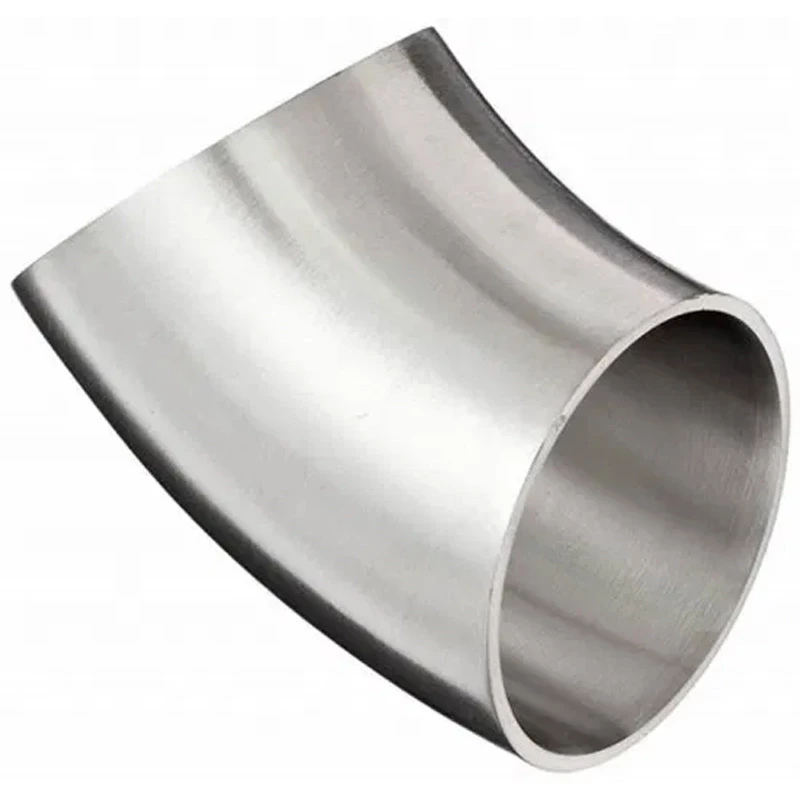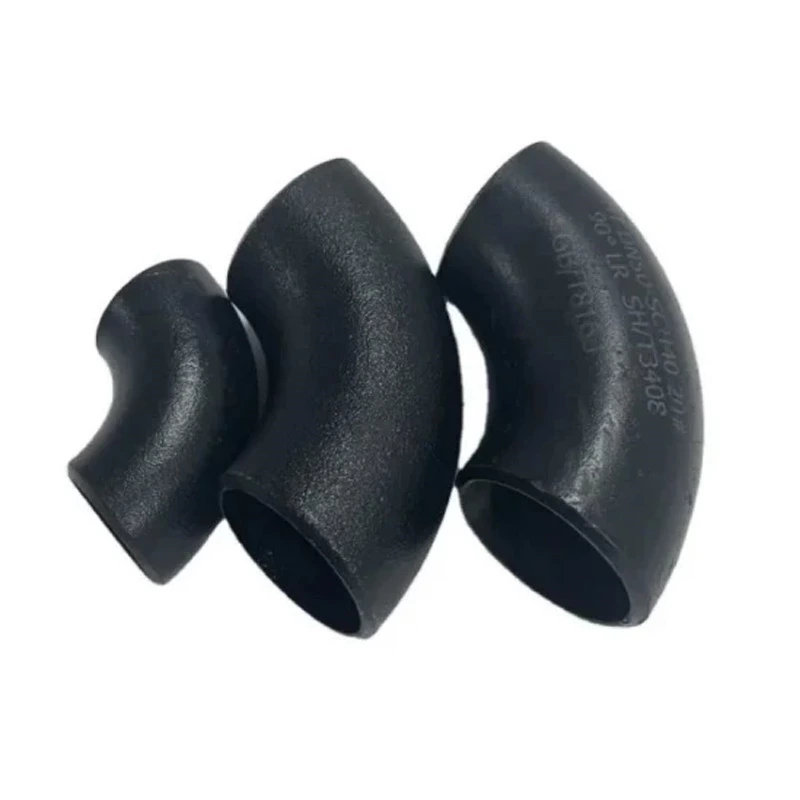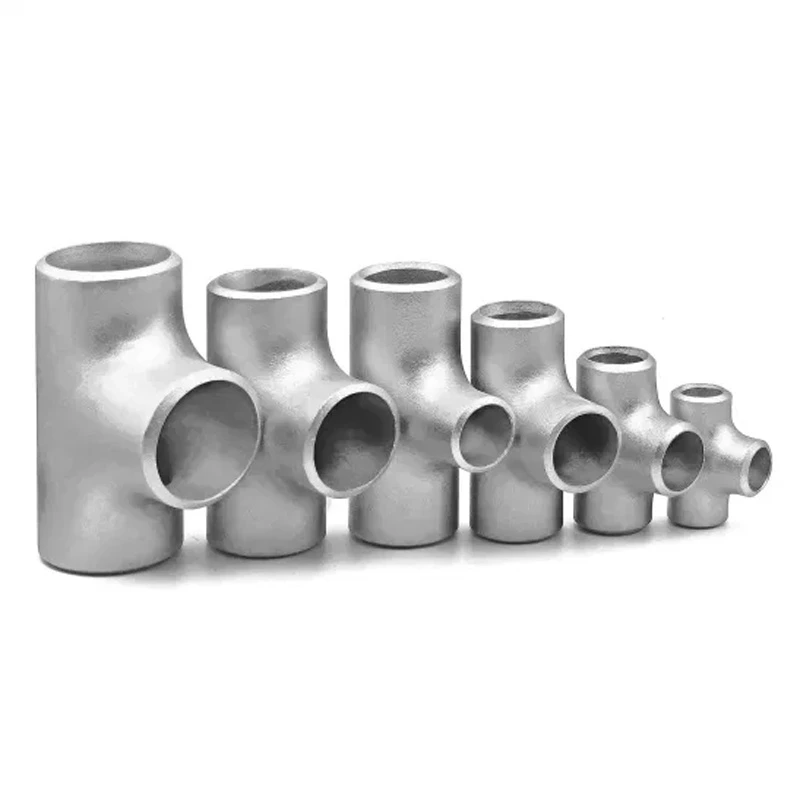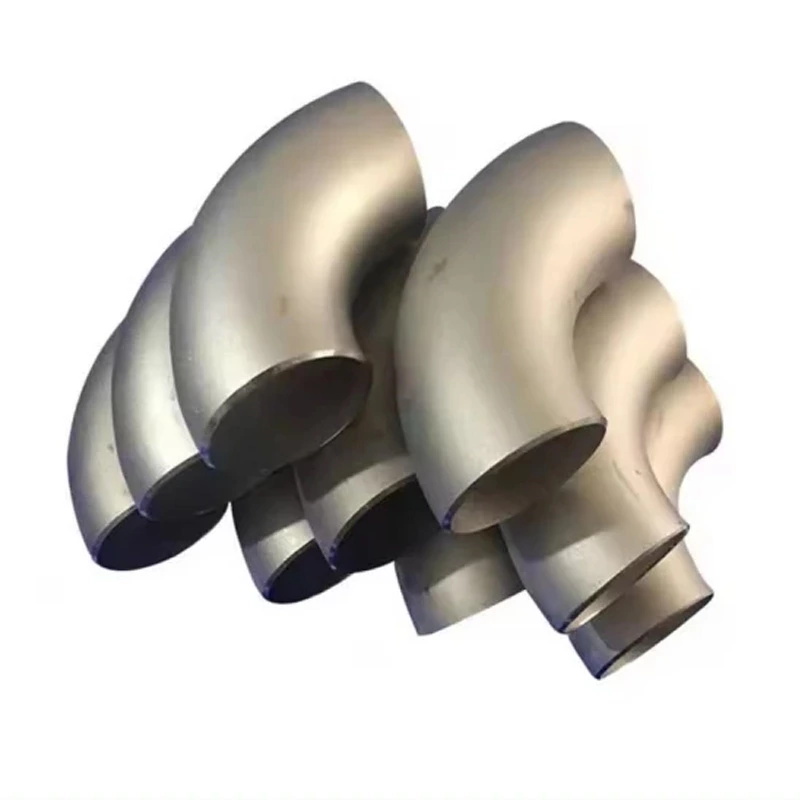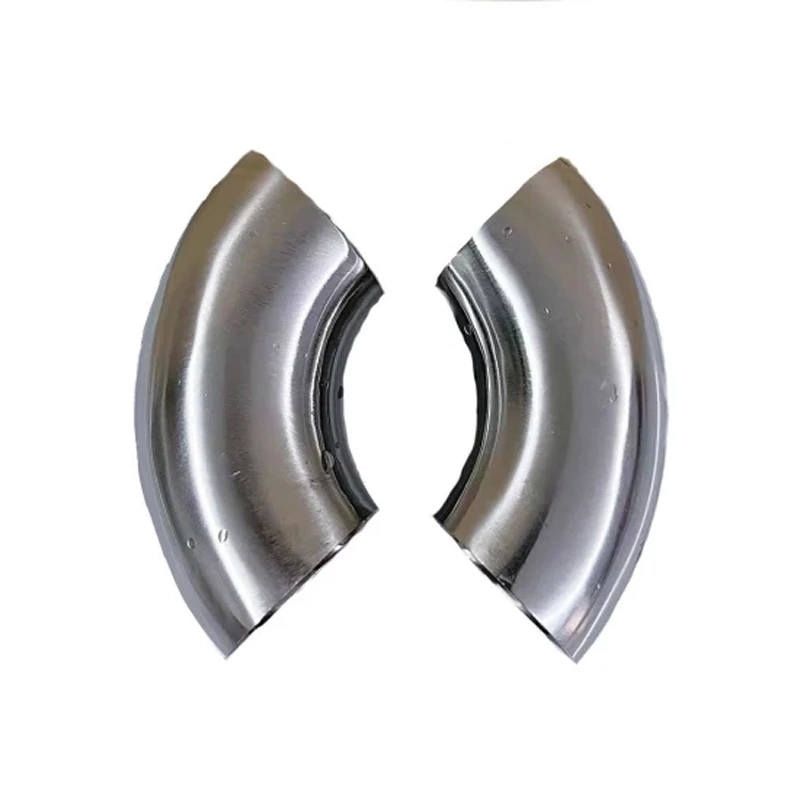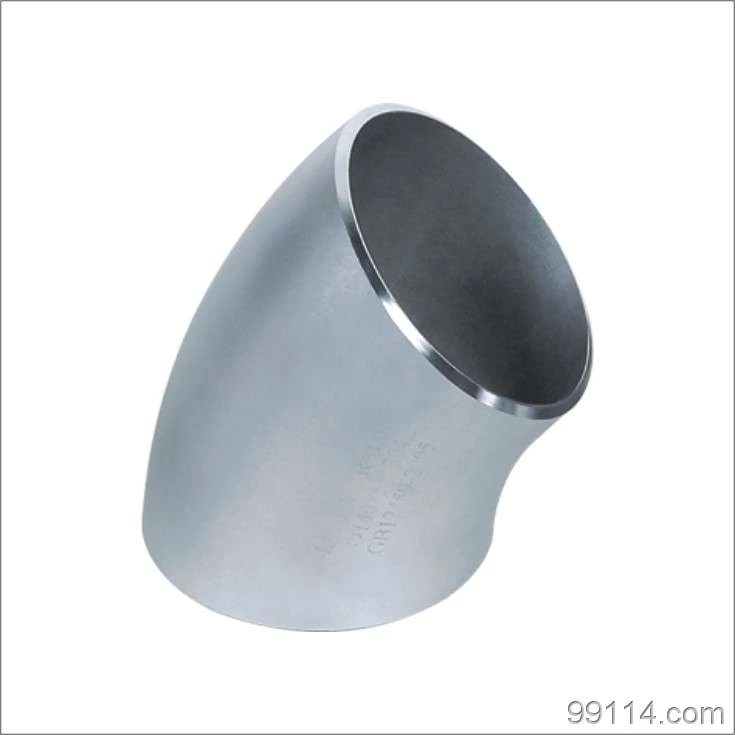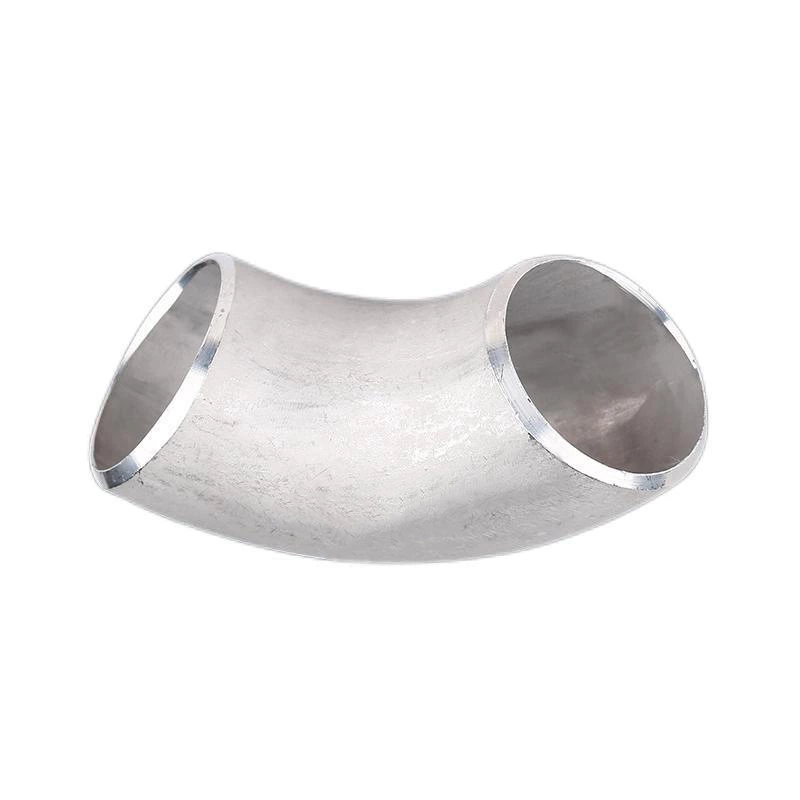Welding Technology Precautions And Key Points Of Stainless Steel Elbows
Stainless Steel Weld Elbow will not produce corrosion, pitting, rust or wear. Stainless steel is still one of the strongest materials in metal materials used in construction. Because stainless steel has good corrosion resistance, it can keep the integrity of the engineering design of structural components. Chromium-containing stainless steel elbows also combine mechanical strength and high elongation, and are easy to process and manufacture, which can meet the needs of architects and structural designers. All metals react with oxygen in the atmosphere to form an oxide film on the surface. Unfortunately, the iron oxide formed on ordinary carbon steel continues to oxidize, causing the rust to continue to expand and form holes.
Stainless steel elbows are a type of pipe fittings made of stainless steel. They are the main load-bearing components of the bracket.
What are the precautions and key points of stainless steel elbow welding technology?
1. During positioning welding, the inside of the weld of the stainless steel elbow should be filled with argon for protection. The effect of argon filling depends on the size of the inner cavity of the pipeline.
2. Ordinary grinding wheels cannot be used for pipe cutting of stainless steel elbows, because ordinary ones are easy to damage. The best way is to use good grinding wheels or plasma for cutting.
3. The arc starting method of multi-pass and multi-layer welding of stainless steel elbows needs to be reflowed, and the arc pit should be filled when the arc is closed. It should be noted that defects such as pores and cracks are found at the arcing or arcing point. The correct approach is to deal with them cleanly. It should be reminded that it is forbidden to arc or start arcs on the surface of the parent material of pipes and pipe fittings.
The key points of stainless steel elbow welding are as follows:
1. Stainless steel elbows are not afraid of corrosion (oxidizing acid, acid, cavitation), heat and function. It is usually used for power stations, chemical industry, petroleum and other equipment materials. Stainless steel elbows have poor weldability, and attention should be paid to welding process, heat treatment conditions and the selection of appropriate welding rods.
2. When stainless steel elbows are welded, carbides are precipitated by repeated heating, which reduces the corrosion resistance and mechanical function.
3. For corrosion resistance and weldability, stainless steel elbows are appropriately added with appropriate amount of stabilizing elements such as Ti, Nb, and Mo, and their weldability is better than that of stainless steel elbows. When using the same type of chromium stainless steel welding rods, preheating above 200°C and tempering at about 800°C after welding should be carried out. If the weldment cannot be heat treated, chromium-nickel stainless steel welding rods should be used.
4. The skin of stainless steel elbows has titanium calcium type and low hydrogen type. Titanium calcium type can be used for AC and DC, but the penetration depth is shallow during AC welding, and it is easy to turn red, so DC power supply should be used as much as possible.
5. The welding rod should be kept dry when used. The titanium calcium type should be dried at 150°C for 1 hour, and the low hydrogen type should be dried at 200-250°C for 1 hour (it cannot be dried repeatedly, otherwise the skin will easily crack and peel off), to prevent the welding rod skin from sticking oil and other dirt, so as not to increase the carbon content of the weld and affect the quality of the weldment.
6. The stainless steel elbow has high hardening after welding and is easy to crack. If the same type of stainless steel elbow is used for welding, preheating above 300℃ and slow cooling treatment of about 700℃ after welding are performed. If the weldment cannot be heat treated after welding, stainless steel elbow electrodes should be used.
7. Stainless steel elbow electrodes have good corrosion resistance and are widely used in chemical, fertilizer, petroleum, and machinery manufacturing.
8. In order to prevent inter-crystal erosion caused by heating, the welding current should not be too large, about 20% less than carbon steel electrodes, the arc should not be too long, and the interlayer should be cooled quickly, and a narrow weld is preferred.
Stainless steel elbows are steel that is not afraid of corrosion by weak corrosive media such as air, steam, and water, and chemically corrosive media such as acids, alkalis, and salts. It is also called stainless steel that is not afraid of acid. In practical applications, steel that is not afraid of corrosion by weak corrosive media is often called stainless steel elbows, and steel that is not afraid of corrosion by chemical media is called acid-resistant steel. Due to the difference in chemical composition between the two, the former is not afraid of corrosion by chemical media, while the latter is generally stainless.
